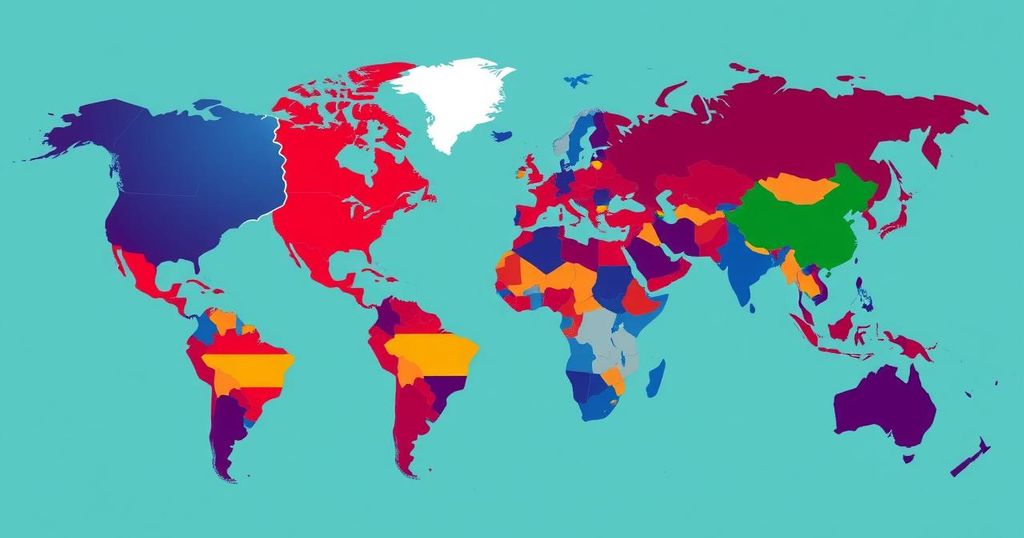The U.S. Department of State has issued Level 4 travel advisories for countries including Afghanistan and the DRC due to rising security risks. This shift affects travel plans ahead of spring break, reflecting increased crime and political instability in these popular destinations. The travel industry is urged to adapt to these changes and provide updated safety information to travelers.
The U.S. Department of State has escalated travel advisories for certain countries, including Russia, Jamaica, and several others, to Level 4 (Do Not Travel). This is primarily due to rising concerns regarding crime, political instability, and gang violence ahead of the spring break season. Notably, regions experiencing such issues have traditionally attracted significant American tourist traffic thanks to their cultural and scenic appeal.
The advisories indicate a heightened security crisis where violent crime, including armed robberies and kidnappings, is becoming more prevalent in tourist areas. Consequently, the U.S. government recommends that American citizens prioritize their safety and reevaluate their travel plans. Level 4 advisories are reserved for destinations deemed unsafe due to factors like conflict and instability.
Countries currently under the Level 4 advisory encompass some of the most dangerous nations, such as Afghanistan and the Democratic Republic of Congo (DRC). Afghanistan’s ongoing conflict, especially with the Taliban, presents threats of violence alongside limited healthcare services, leading the U.S. to strongly advise against travel.
The DRC faces violence from armed militias and significant civil unrest. Travelers are urged to exercise extreme caution due to these risks, as well as health threats like the Ebola virus. Similarly, Lebanon’s political instability, economic crisis, and increased risk of terrorist attacks have prompted travel warnings.
The Central African Republic (CAR) is plagued by armed conflict, with travelers at high risk of capture due to ongoing violence between government and rebel forces. Belarus, under political repression, poses risks of harassment for travelers amidst the ongoing tensions between Russia and Ukraine.
Iraq’s presence of ISIS and ongoing conflicts make it another Level 4 advisory country. Ukraine remains unstable due to the conflict stemming from Russia’s invasion, representing severe risks for American citizens. Venezuela is engulfed in a political and economic crisis, contributing to extreme security risks that have led to travel warnings.
Haiti’s situation is worsened by the widespread gang violence and lack of law enforcement, especially in its capital. Furthermore, Iran’s volatile political climate and risks of detaining foreign citizens have resulted in ongoing advisories against travel to the region.
Travelers need to follow safety measures if they still choose to visit these destinations. This includes consulting the U.S. travel advisory website, enrolling in the Smart Traveler Enrollment Program (STEP), and acquiring adequate travel insurance. The travel industry faces consequential shifts with increased attention to safety, leading operators and agencies to adapt their offerings. The implications of these advisories highlight the importance of awareness regarding security risks as travel plans unfold, especially during spring break season.
In conclusion, the U.S. travel advisories at Level 4 for various countries underscore the serious safety risks present for travelers. Rising crime, political unrest, and civil instability represent critical factors driving these advisories. As Americans plan their spring break trips, it’s paramount to consider these risks and to stay informed through official resources. The travel industry will continuously adjust to these circumstances, emphasizing the necessity of safety and informed decision-making during travel planning.
Original Source: www.travelandtourworld.com






